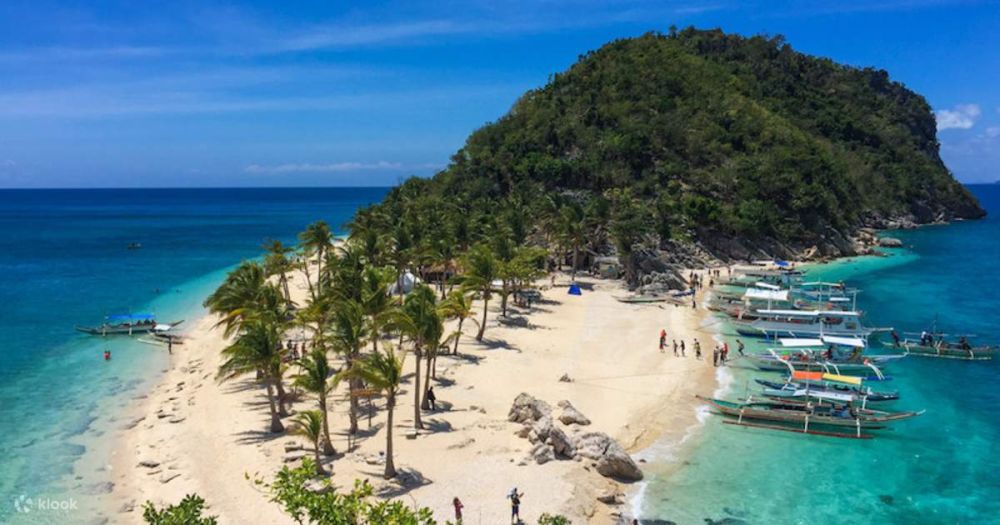

The Gigantes Islands, also known as Islas de Gigantes, is a remote group of islands located off the coast of Carles and Estancia in northeastern part of Iloilo province, Philippines. The islands have a rich history that intertwines the local culture, traditional livelihoods, and the evolution of its tourism industry.
For centuries, the Gigantes Islands were primarily fishing communities, with local inhabitants relying on the rich marine resources of the Visayan Sea. The islands remained relatively unknown to the wider world, with minimal infrastructure and limited transportation links to the mainland. Life on the islands was simple, and the pristine natural environment was undisturbed by modern development.
It wasn't until the later part of the 20th century that the Gigantes Islands began to gain attention from adventure-seekers and domestic tourists. Word of mouth and the rising popularity of island-hopping activities brought a modest number of visitors to experience the untouched beauty of the islands' white sandy beaches, clear waters, and diverse marine life.
In the early 2000s, with the rise of the internet and social media, photos and stories of the Gigantes Islands' beauty began to circulate more widely. This newfound exposure, along with initiatives by the local government and the Department of Tourism to promote the region, sparked an increase in tourism activity. Improvements in transportation infrastructure, such as better boat services and the construction of new ports, made the islands more accessible to tourists.
Eco-Tourism and Sustainability Practices: As more visitors flock to the islands, there has been a significant push toward eco-tourism and the implementation of sustainability practices to preserve the environment. Efforts are being made to educate both locals and tourists about the importance of protecting the islands' ecosystems.
Local Community Involvement: The rise in tourism has led to increased economic opportunities for the local communities. Many residents have become involved in tourism-related businesses such as homestays, boat tours, and seafood restaurants.
Adventure and Cultural Tourism: Tourists now come to the Gigantes Islands not just for its beaches, but also to explore the network of caves, lagoons, and rock formations. Additionally, travelers are increasingly interested in experiencing the local culture through festivals, traditional fishing methods, and culinary specialties such as "wasay-wasay" (a type of shellfish) and "scallop dishes."
The increasing popularity of the Gigantes Islands presents both opportunities and challenges. There is an ongoing need to balance tourism growth with environmental conservation and cultural preservation. Sustainable tourism practices are critical to ensuring that the natural beauty and local way of life that attract visitors remain intact for future generations. As the industry continues to evolve, it will be essential for stakeholders to focus on responsible tourism that benefits both the visitors and the islands' inhabitants.
From its beginnings as a quiet fishing area to its current status as a rising star in Philippine tourism, the Gigantes Islands have a rich and evolving tourism history. With careful planning and community engagement, the islands are poised to remain a cherished destination that exemplifies the beauty and diversity of the Philippines.